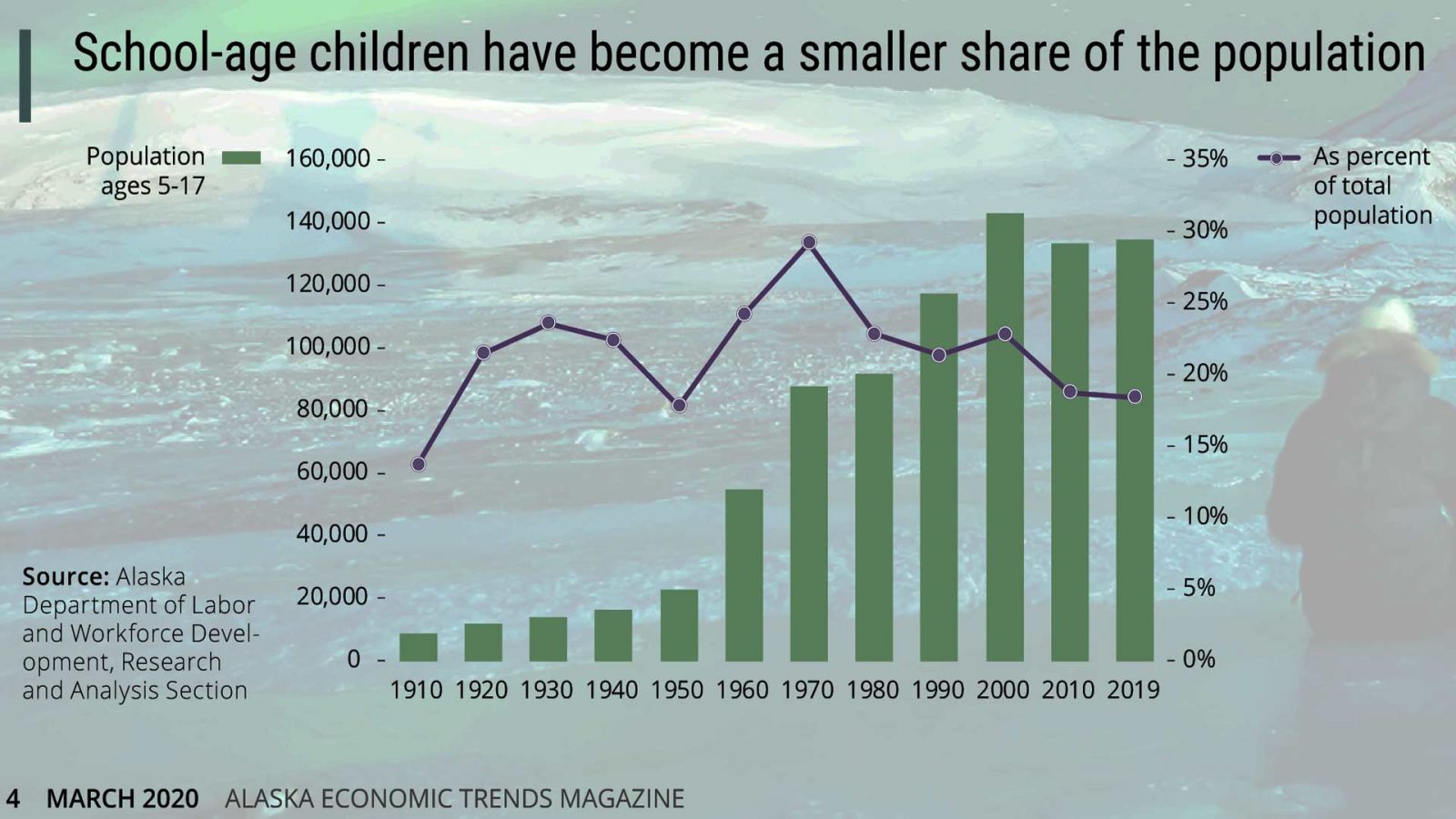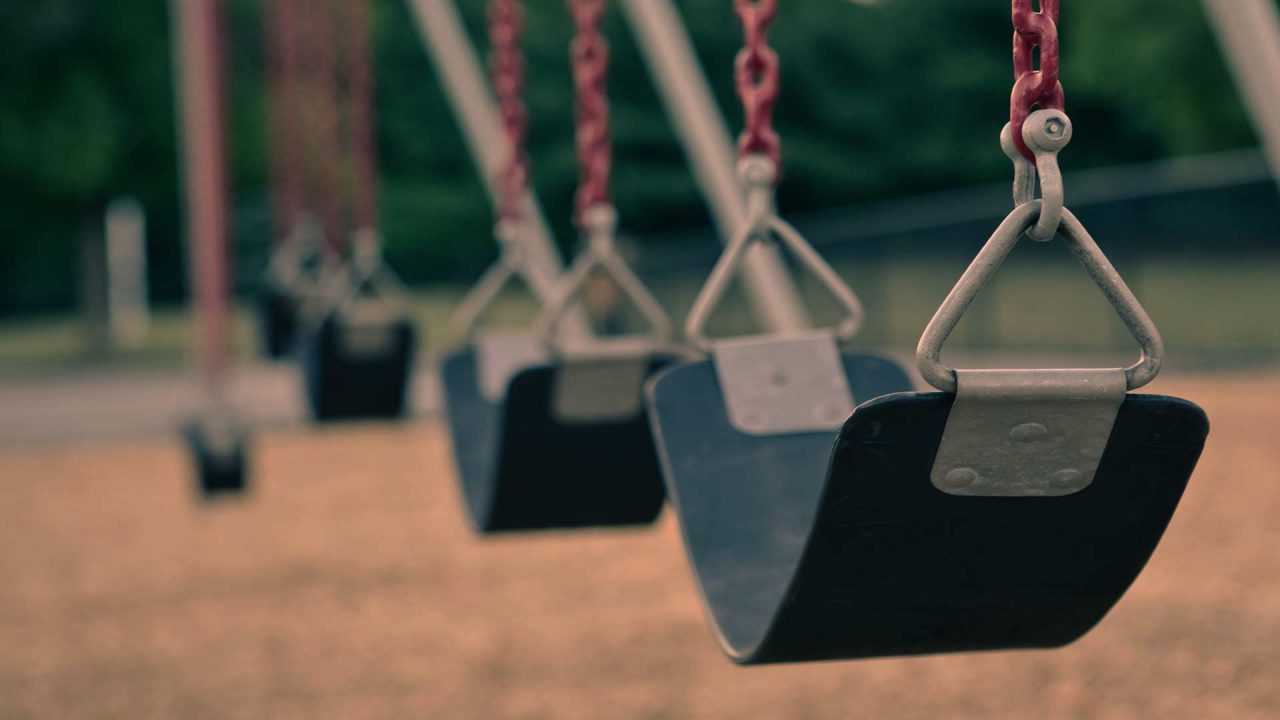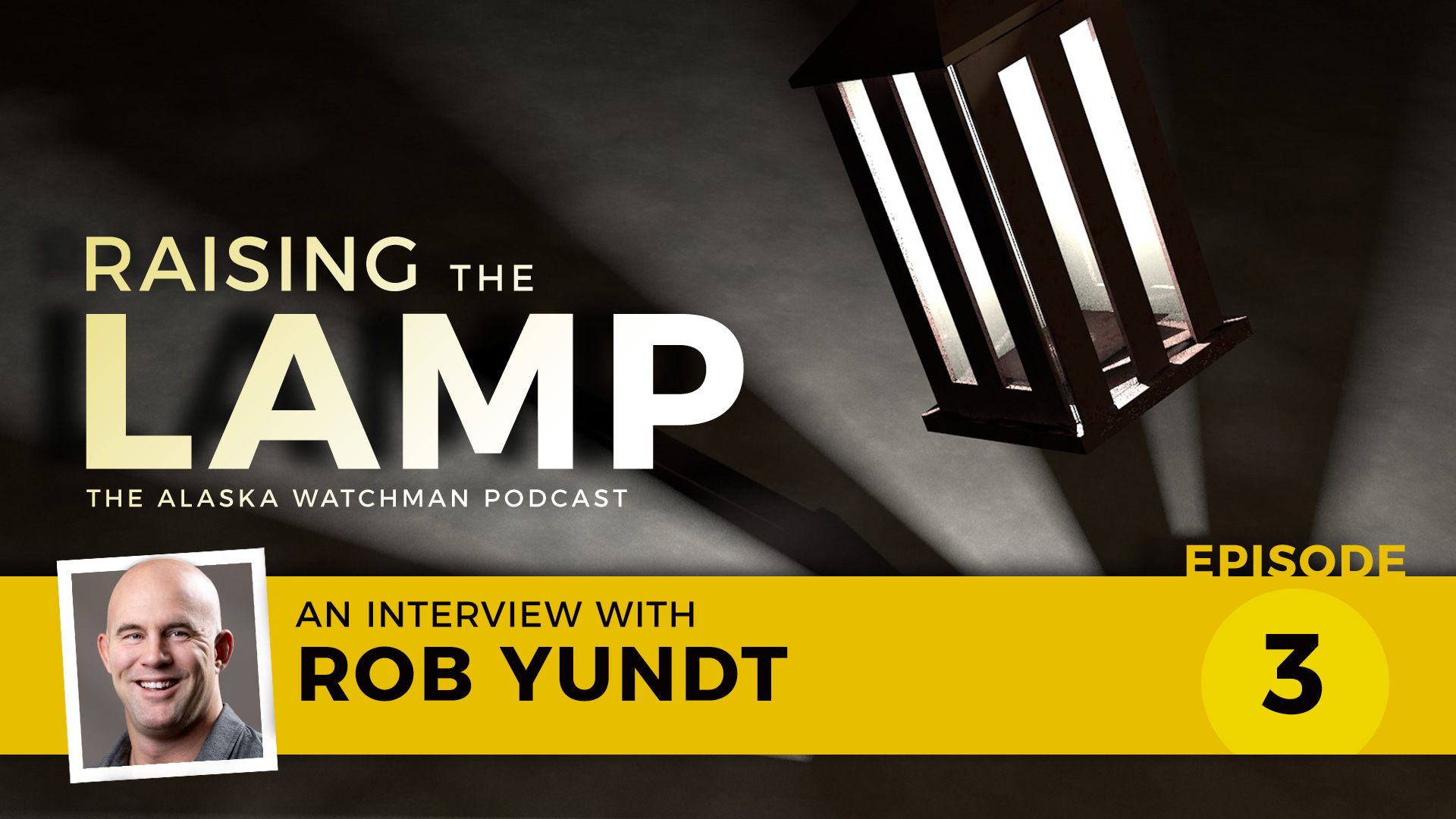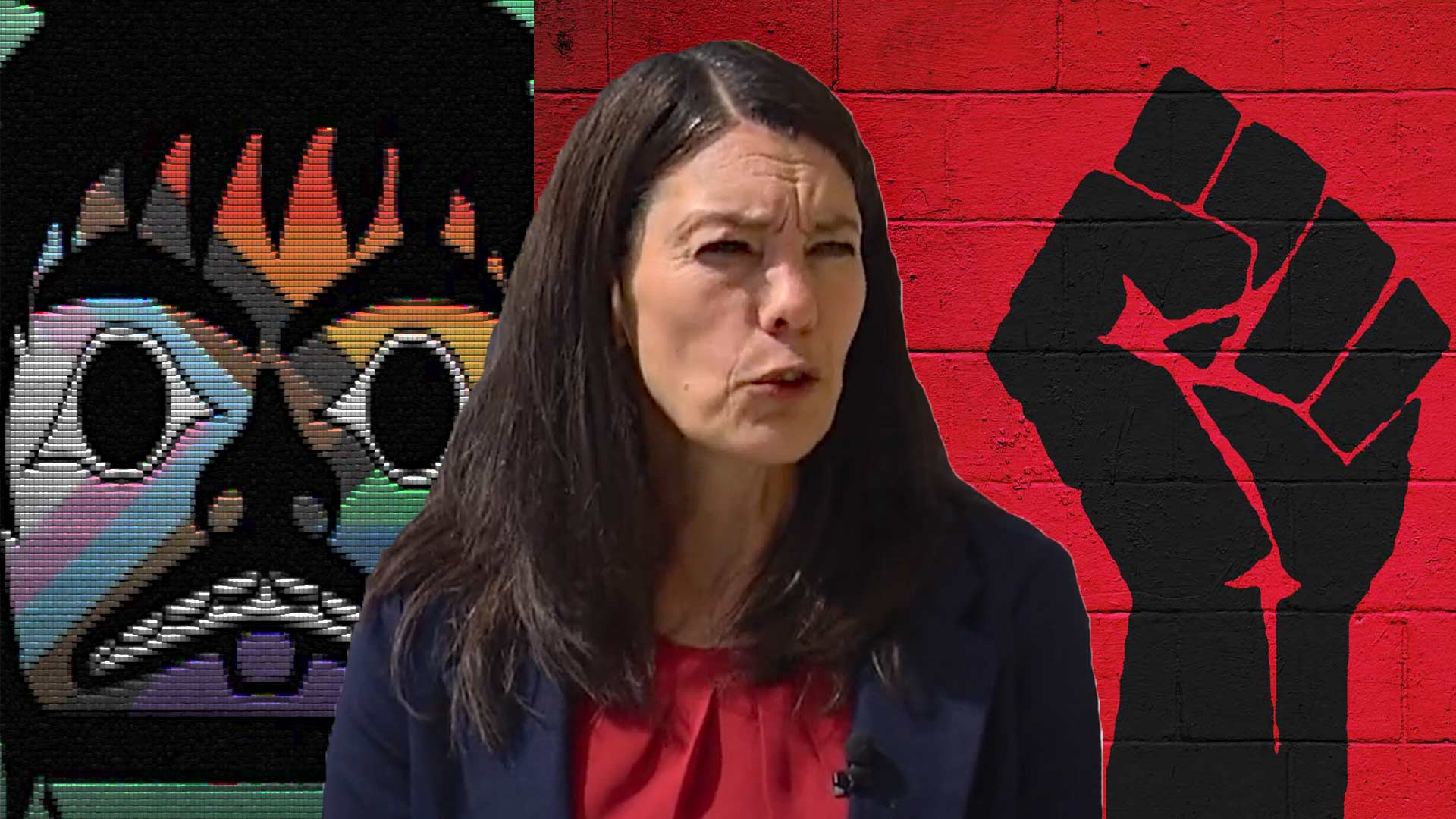
School-age children now account for just 18% of Alaskans, down from a peak of 29.2% in 1970. The population of 5 to 17-year-olds has dropped drastically since 2000 after 50 years of strong growth. The March issue of Trends, published by the State of Alaska, cites lower birth rates, smaller generations, and negative net migration for the loss of children.
From 1950 to 2000, children grew by more than 500%, Trends notes, as the state transformed from a small population that was “disproportionately unmarried young men to a larger state with more families.” Between 1950 and 1970, the number of Alaskans between 5 and 17 years old rose from less than 23,000 to nearly 88,000, reaching a peak of just over 29% of the state’s population in 1970. At that point, the school-age population dwindled as a population percentage but continued to increase in overall number through the 1990s.
Numerically, the school-age population peaked in 1998 at more than 143,000. After this, the population declined each year throughout the 2000s, bottoming out at around 133,000 in 2009. While the group’s numbers ticked up slightly during the first half of the 2010s, peaking at 136,331 in 2017, they have declined since, and dropped below 135,000 in 2018.
EVERYWHERE DECLINED, EXCEPT MAT-SU
Most regions lost school-age kids since 2000. Only the Mat-Su Borough had a larger school-age population in 2019 than in 2000, with 48% growth over that span. Anchorage’s child population grew slightly in the early 2000s but dropped below its 2000 level in 2007 and is now at 92%.
In the Gulf Coast, school-age populations in the Kenai Peninsula Borough and Valdez-Cordova Census Area both dropped quickly in the early 2000s and are now at around 85% and 71% of their 2000 numbers, respectively. Kodiak’s 2019 school-age population was just 76% of its 2000 level. Fairbanks is the only part of the Interior where the school-age population remains over 90% of what it was in 2000. Seven out of 10 boroughs in Southeast have school-age populations with less than 75% of their 2000 size. In Southwest, some areas have recovered to 90% of more of their 2000 levels, but other parts of the region are considerably down. The Bristol Bay Borough has just 42% of the kids it had 19 years ago. All three northern boroughs, however, have growing school-age populations after dropping from 2000 to 2010.
ALASKA WATCHMAN DIRECT TO YOUR INBOX
OTHER FACTOIDS
- Alaska’s school age population is about 61% white, compared to 75% nationally.
- The percentage of Alaska Native kids remains about the same since 1980 (22% to 23%), compared to a national average of about 2%.
- The Asians/Pacific Islanders population grew the most since 1980, from about 2% of school-age kids to 10%.
- The percentage of black children has doubled in Alaska since 1980, from 3% to 6%, still smaller than the national average of 17%.
- The share of Hispanic kids in Alaska stands at 9%, but they make up a quarter of school-age kids nationwide.
- About 14% of Alaska kids speak a different language at home.
Click here to read the full report from Trends.







